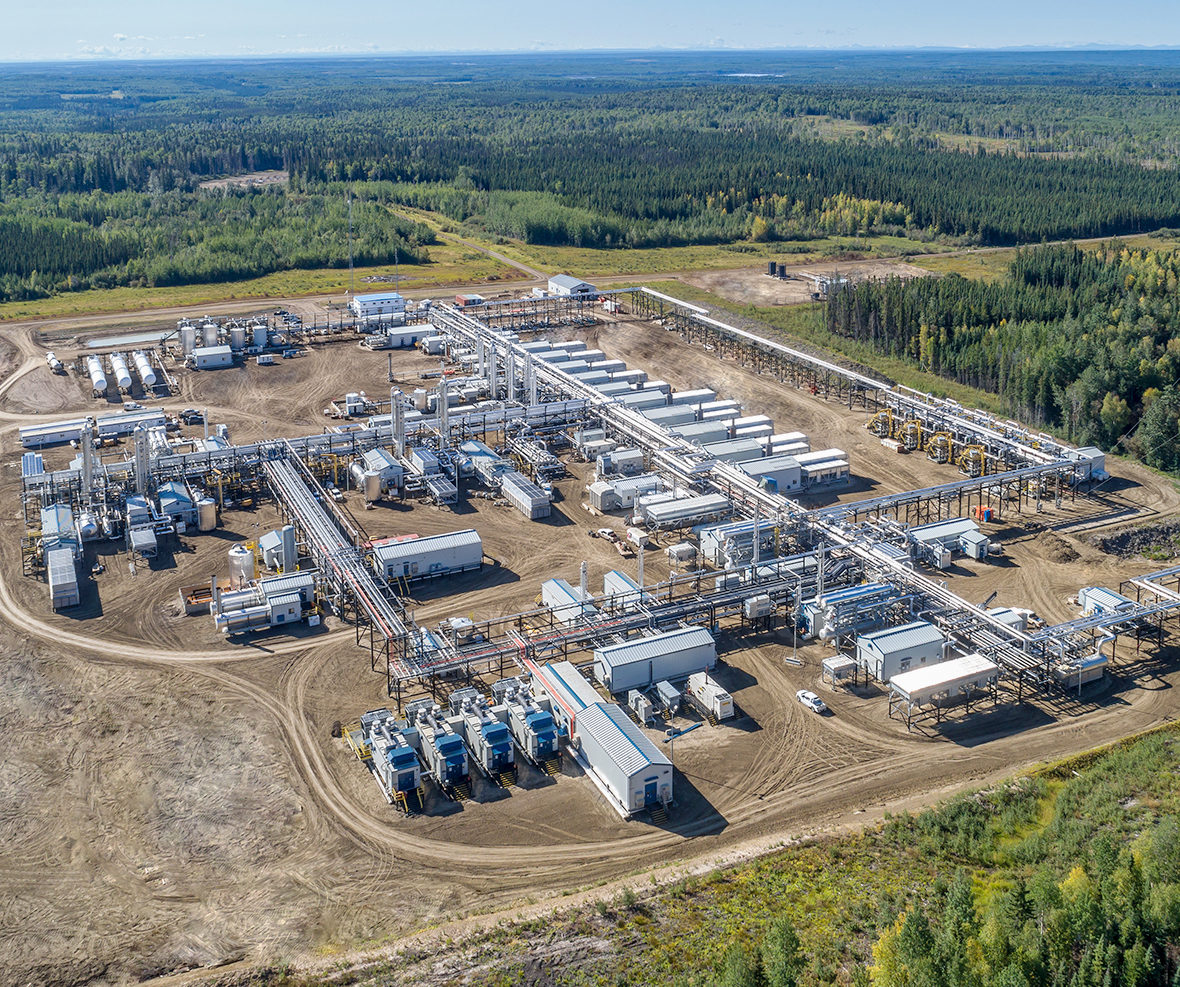
Low-emissions natural gas from Alberta will fuel a new electrical power plant being built in the Chicago region to help manage the intermittency of renewables and meet demand for up to 1.25 million homes and businesses.
Calgary-based Advantage Oil & Gas has entered into a long-term agreement with Competitive Power Ventures (CPV) to supply the new CPV Three Rivers Energy Complex in Grundy County, Illinois.
The US$1.3-billion project, which will also help offset early coal retirements and nuclear retirements, only recently started construction but CPV initially reached out to Advantage about the opportunity in 2017, says Advantage chief financial officer Craig Blackwood.
“We were attracted to Canadian gas suppliers due to their access to a world-class resource, exceptional management teams and seamless ability to move the gas to our facility,” CPV president Sherman Knight told CEC in an email.
Advantage vice-president David Sterna said the deal is “driven by a shared vision to provide clean energy through each of our state-of-the-art, low-emissions facilities, regardless of what side of the border the opportunity is located on.”
The high-efficiency new Three Rivers complex will use GE’s latest turbine technology and is expected to result in reduction of 1.7 million tons of carbon dioxide emissions per year, or the annual equivalent of taking approximately 370,000 passenger vehicles off the road.
Low emissions at the Glacier gas plant
Advantage will supply natural gas to the Three Rivers project from its operations in the Montney play, which straddles northeast BC and northwest Alberta and is considered one of North America’s biggest gas resources. Production will come from the company’s Glacier gas plant, which is located near Grande Prairie.
The Glacier facility has a lower carbon intensity because it incorporates carbon capture and sequestration (CCS) technology. CCS is viewed by the International Energy Agency as critical to reducing global GHG emissions, and it’s been part of operations at the Glacier plant since it started up in 2010.

“We remove H2S and CO2 from the gas stream then inject them into a deep saline formation,” says Advantage president and chief operating officer Mike Belenkie.
“We have developed an expertise in capturing increasing volumes of CO2 and operating with very high efficiency.”
As of 2019 the Glacier gas plant has been credited with eliminating 113,835 tonnes of CO2 equivalent, or the impact of removing about 25,000 passenger cars from the road. Belenkie says the company is considering doing more with CCS in the future.
“We have been investigating options to expand our CCS project to make the Glacier gas plant essentially net-zero, incorporating our operating expertise and integrating state-of-the-art engineering,” he says.
“With the evolving frameworks for carbon pricing, we believe carbon capture will be commercially viable in the near future, and our proprietary technology is ready to go once the markets are ready.”
The Three Rivers Energy Complex is expected to be operational in 2023.